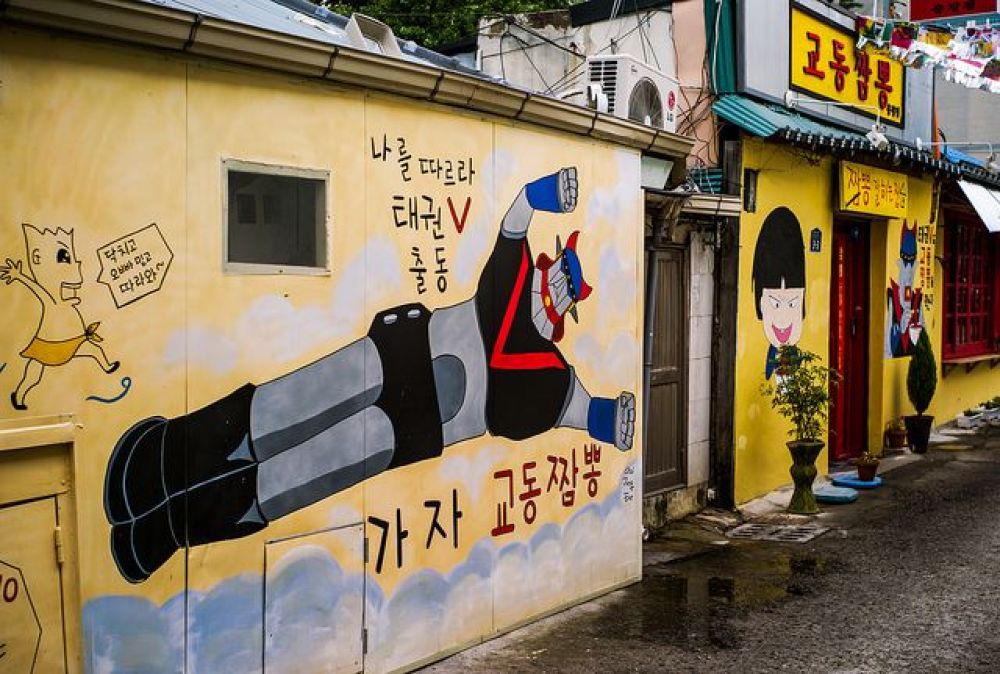

The history of tourism in Gwangju, South Korea, particularly concerning its vibrant Art Street, is intrinsically tied to the city's rich cultural and political history. Gwangju has long been recognized as the birthplace of the modern democratic movement in South Korea. This spirit of freedom and expression laid the groundwork for a thriving arts scene. The Gwangju Uprising of May 1980, also known as the Gwangju Democratization Movement, became an emotional and motivational foundation for artists, eventually leading to the evolution of Gwangju as a hub of creativity and resistance.
Throughout the 1980s and 1990s, local artists began to transform the cityscape by establishing studios, galleries, and cafes that served as venues for artistic expression. These spaces became gathering spots for community members and intellectuals, further reinforcing Gwangju's image as a city of culture. It wasn't until the early 2000s that what is now known as Gwangju Art Street began to take its current shape, benefiting from government initiatives focused on revitalizing urban areas through art and culture.
Today's visitors to Gwangju Art Street can immerse themselves in South Korea's contemporary art scene. The area brims with a wide array of attractions including art galleries, studios, and theaters showcasing local talent. Experimentation and innovation are at the heart of Art Street, where traditional Korean art techniques fuse with modern practices to create a unique cultural experience. Tourists are drawn to the street's year-round festivals, workshops, and live performances, all of which embody the dynamic soul of the city.
In recent years, experiential tourism has become central to Gwangju Art Street's appeal. Interactive art installations and opportunities to engage directly with local artists have increased its popularity. The street capitalizes on the trend of travelers seeking authentic experiences by offering hands-on craft sessions and participatory art events. Furthermore, the development of augmented reality (AR) tours and applications have made the art and stories of Gwangju more accessible to a tech-savvy international audience.
Gwangju Art Street maintains its allure, not only through its deep historic roots but also by continuously evolving with current trends. It serves as a testament to the power of creative expression and its role in shaping the identity of a city. The interplay between its political history and artistic future ensures that Gwangju Art Street remains a must-visit destination for cultural aficionados from around the world.